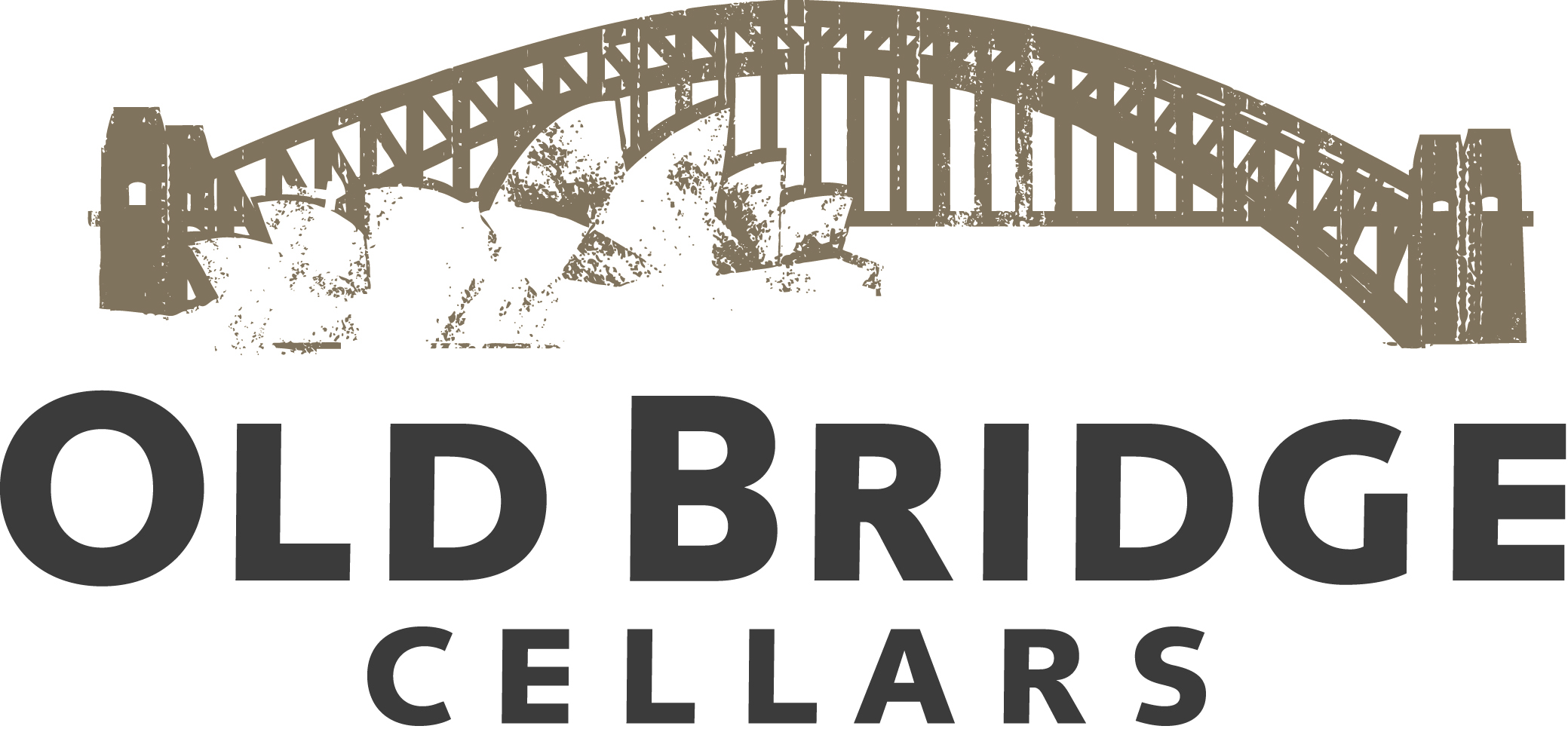Shop the “Green Growers” who are farming sustainably around the world.
As we celebrate Earth Day tomorrow, we highlight wineries that use sustainable practices to to able to continue growing grapes for generations to come.
We are proud to represent small, independently-owned producers that are wonderful land stewards and hold long term views for their brands and properties. With this note, we’re shining the spotlight on a few of our organic and biodynamic wineries.
Farming Organically
Organic farming encourages soil health, supports natural ecosystems, and prevents toxins from pesticides from contaminating waterways. The rules and methods for producing organic grapes and wine are ever-evolving.Being qualified or certified organic can depend on the country of origin and the various governing organizations involved, but the core principle of organic viticulture is universally seen as farming without genetically modified organisms or synthetic chemicals.
Biodynamics, taking organic up a level
The term Biodynamics was coined in the 1920s by Austrian philosopher Rudolph Steiner and predates the rise of organic farming by about twenty years. At its core, Biodynamics is a holistic approach to farming and focuses on the entire eco-system, taking into account everything from the phases of the moon to the health of the micro-organisms in the soil. Vanya Cullen of Cullen Wines is an internationally-recognized champion of biodynamics – her dog is named Solstice. Jasper Hill in Heathcote also has been using biodynamic farming practices since its inception.
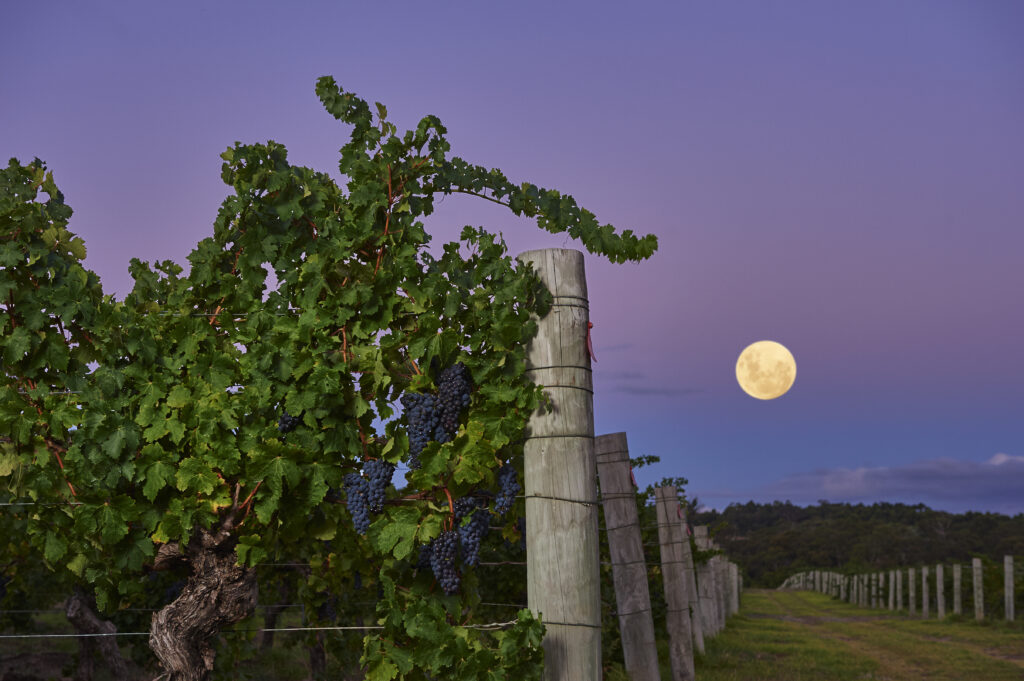
Cullen Wines in Margaret River BIODYNAMIC & CARBON NEUTRAL
A founding winery of Margaret River, Cullen Wines was established in 1971. Vanya Cullen, the founders’ daughter and chief winemaker for more than 30 years, is one of the region’s trailblazers leading the way in not only biodynamics, but also as Australia’s first certified carbon neutral – and now carbon negative – winery. Vanya is one of Australia’s best-known winemakers and its most vocal advocate of biodynamic winegrowing. Put simply Vanya says, “All of our wines are natural because there is nothing added or taken away from them. They are very much as natural as they get – made by nature – literally.”
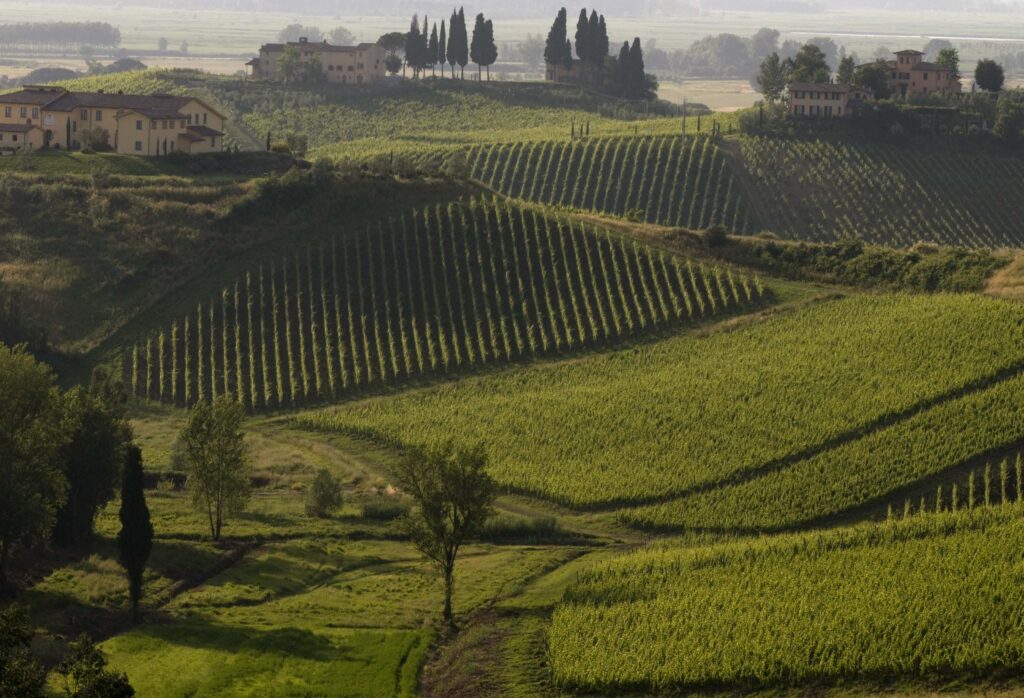
Poggiotondo Estate in Chianti ORGANIC
Established in 1968, Poggiotondo is located in the western part of the Chianti region. Alberto Antonini is the 2nd generation winemaker, he rightly so prefers the term ‘winegrower’, who began farming his family’s estate vineyards organically in 2011. Antonini was compelled to practice organic and biodynamic viticulture initially because of his firm belief that to make wines with a sense of place, one must do everything to preserve it. Alberto is a philosopher at heart, saying “The more I know the less I do, but to do less you have to know more.”
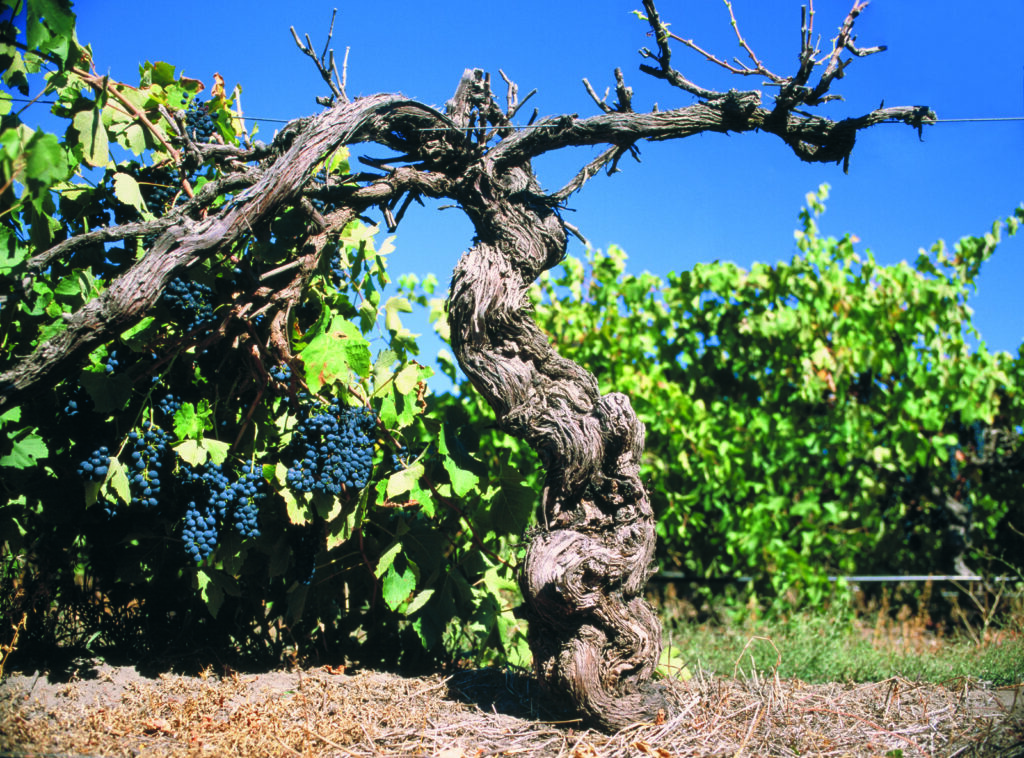
d’Arenberg in McLaren Vale
Now under the stewardship of the 4th-generation, d’Arenberg’s winemaking practices have not changed much in its 111 years. All the wines are basket-pressed, the reds foot-trodden during fermentation and everything is done in small batches. All 200 hectares of the vines used to make d’Arenberg’s wines (both estate and leased vineyards) are either certified organic or biodynamic making d’Arenberg the largest biodynamic grower in Australia. The winery was certified organic in 2019 by the National Association for Sustainable Agriculture of Australia.
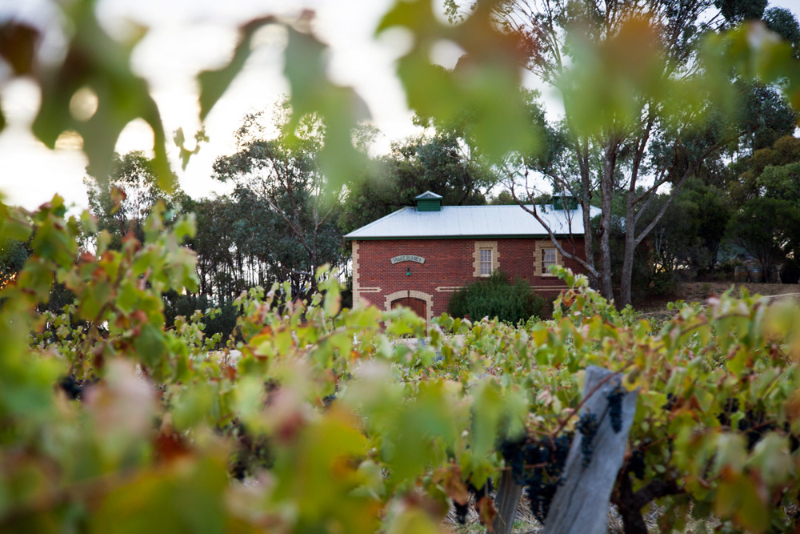
Jasper Hill Winery in Heathcote
Established in 1975 by the Laughton family, Jasper Hill produces some of Australia’s most collected Shiraz. Since day one, they have chosen to farm their vineyards organically and have since transitioned to many biodynamic practices. They aim to make great wine by using minimal intervention in the vineyards and in the cellar – to allow the individual vineyard’s terroir, or sense of place, to express itself. The wines are grown, made, and bottled entirely on the estate from their own biodynamically and dry-farmed vines that are planted on original rootstock. Their two most prized vineyard sites are around one mile apart and named after their two daughters, Emily and Georgia who continue to help run the family’s business.
